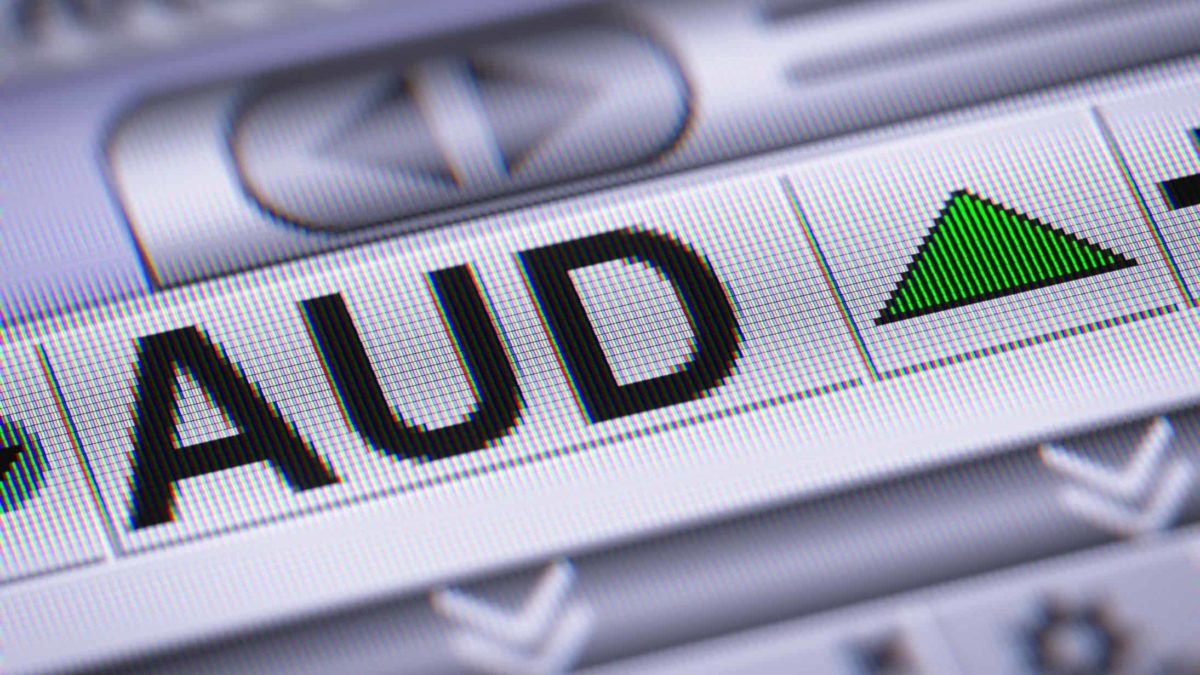One of the more surprising pieces of news this week has been the advance of our proud national currency – the Australian dollar. The Aussie dollar has been on rather a wild rollercoaster in 2020 so far. It started the year off trading for around 70 US cents. Between January and late February, it slid slightly, going down to around 66 US cents. But then, the March coronavirus market crash came, and our dollar was obliterated, first falling below 60 US cents and bottoming out at 55.1 US cents on 19 March. It was the first time since 2002 that our dollar had sunk to these levels.
We won't go into too much detail as to why this happened. But in a nutshell, the Australian dollar is regarded as a 'risky' currency on global markets due to our economy's dependence on mineral exports and ties with China. When a market panic occurs (as it did in March), traders tend to rush out of risky currencies like the Aussie and into 'safe' currencies like the US dollar.
However, since March, the Australian dollar has recovered very convincingly. By the end of March, it was back above 60 US cents and above 65 by the end of April. Fast forward to this week and the Aussie dollar has reached its highest level since April 2019 – trading as high as 71.41 US cents earlier in the week. It was going for 71.33 US cents at the time of writing.
It's not just the US dollar that the Aussie has been gaining on either. The Australian dollar is also at its highest level in almost a year against the United Kingdom's Pound Sterling. At the time of writing, 1 Australian dollar is buying 56 British pence, a level not seen since September last year.
What a high dollar means for ASX shares
Understanding how exchange rates affect the economy is key to benefitting from a high currency. When a currency appreciates, it raises the cost of exporting goods from an economy, whilst simultaneously lowering the cost of imports.
By this logic, companies that are in the exporting game are the losers from this situation. Miners like BHP Group Ltd (ASX: BHP) and Fortescue Metals Group Limited (ASX: FMG) come to mind, as do A2 Milk Company Ltd (ASX: A2M) and Treasury Wine Estates Ltd (ASX: TWE). It's also bad news for any company that brings its earnings home in US dollars. I'm thinking of CSL Limited (ASX: CSL) and Altium Limited (ASX: ALU) here.
But conversely, a strong Aussie dollar is good news for any companies that import their goods, services or materials into Australia. ASX retailers like JB Hi-Fi Ltd (ASX: JBH), Premier Investments Limited (ASX: PMV), Accent Group Ltd (ASX: AX1) and Harvey Norman Holdings Limited (ASX: HVN) will likely see a shot of oxygen.
How can investors take advantage of a high Australian dollar?
So, how can we invest to take advantage of the strong Aussie dollar, which may not last forever in the current economic climate? Well, checking out the companies named above is a good start. But it might also be worth considering investing in internationally-based exchange-traded funds (ETFs).
It is now relatively cheaper (on a currency basis) to buy these investments than it was when our dollar was fetching 60 or 55 US cents. The iShares S&P 500 ETF (ASX: IVV) tracks most of the largest companies over in the US like Apple, Microsoft and Amazon.com. With a management fee of just 0.04%, it could be a perfect investment for this trend. You can also check out the BetaShares FTSE 100 ETF (ASX: F100), which tracks the 100 largest UK-listed companies like BP, GlaxoSmithKline, HSBC Bank and British American Tobacco.
Foolish takeaway
Currency shouldn't be a major contributor to choosing ASX shares for your portfolio. But with the dollar at these highs, it still might be advantageous to have a second look at any of the shares and investments listed above.









